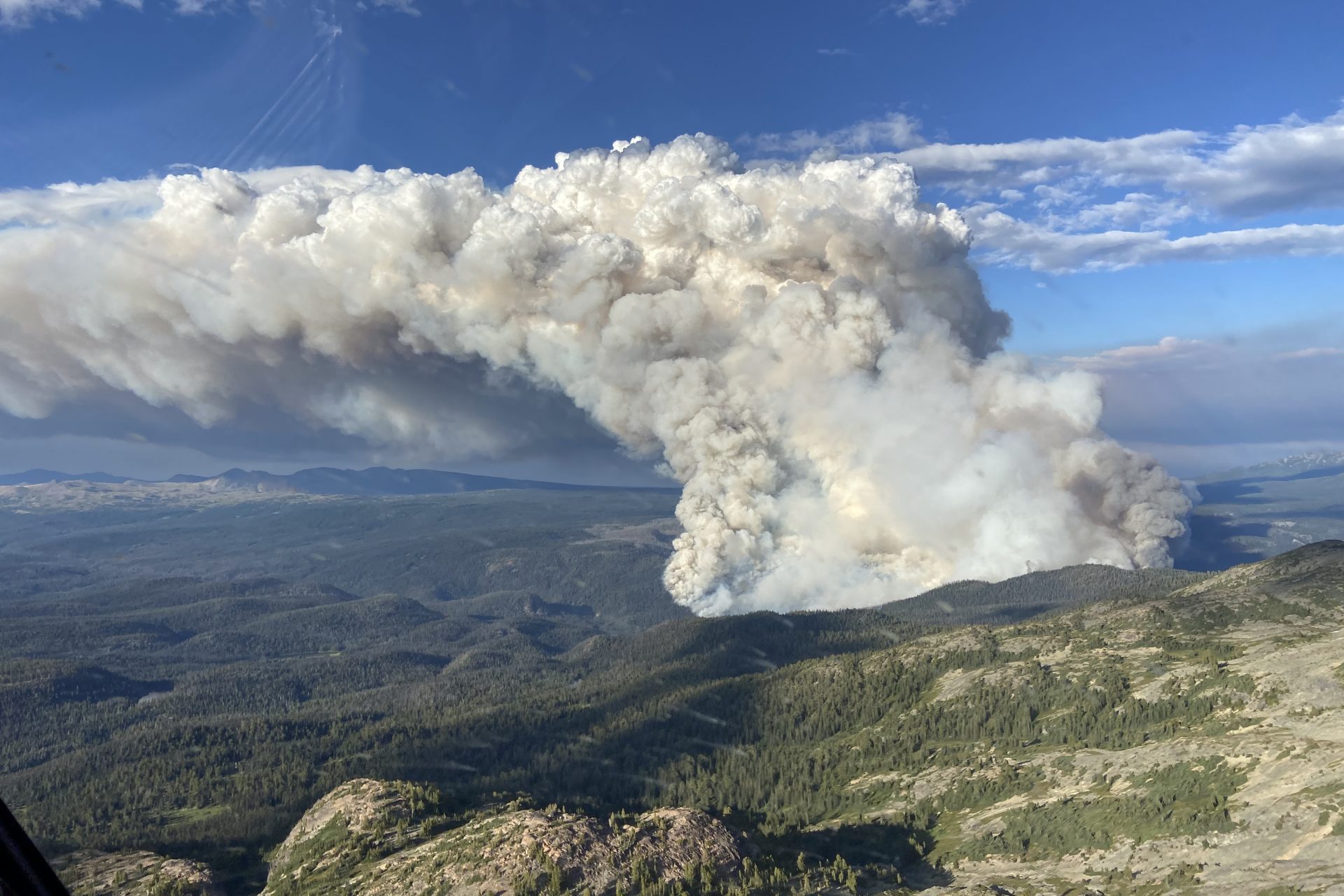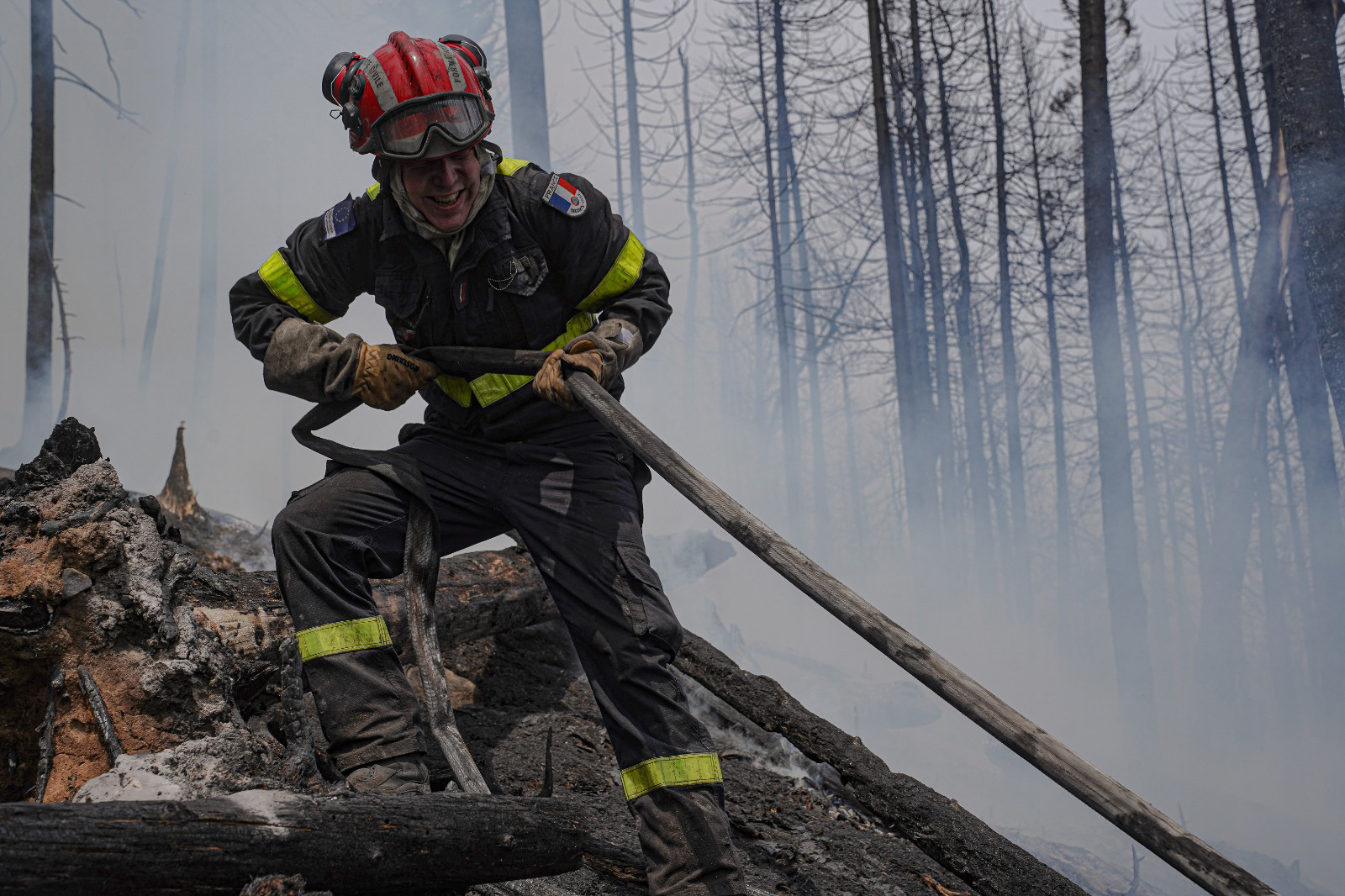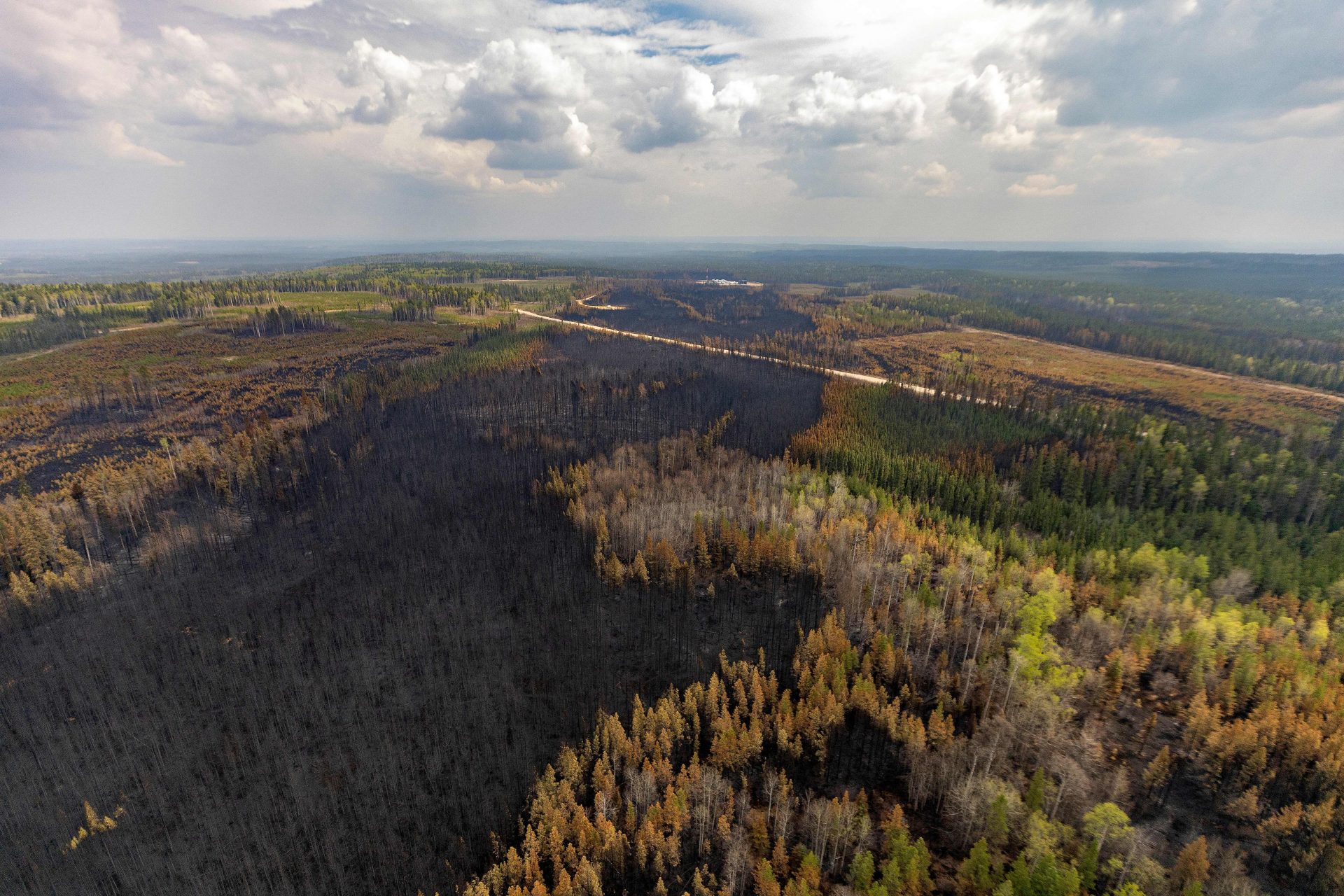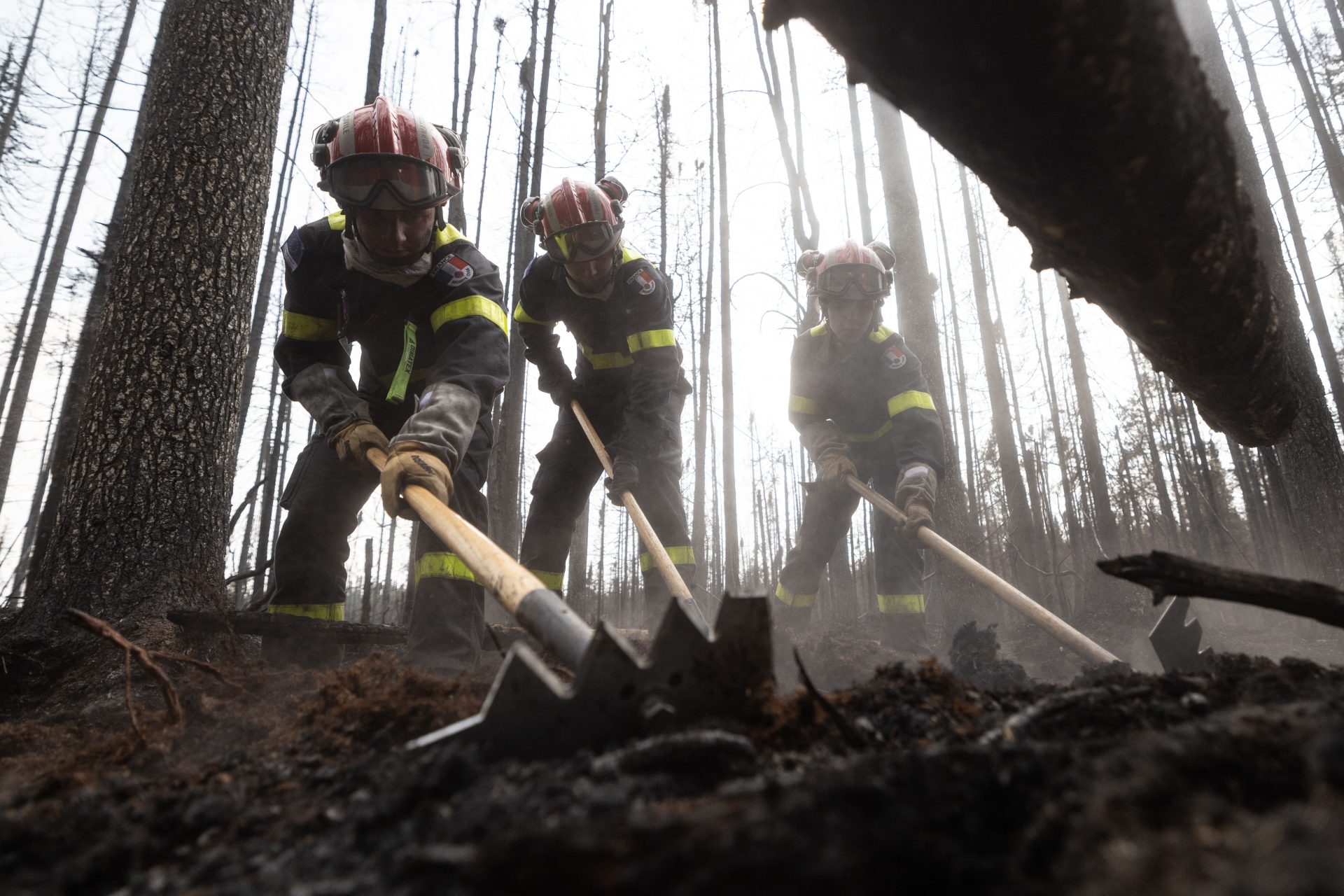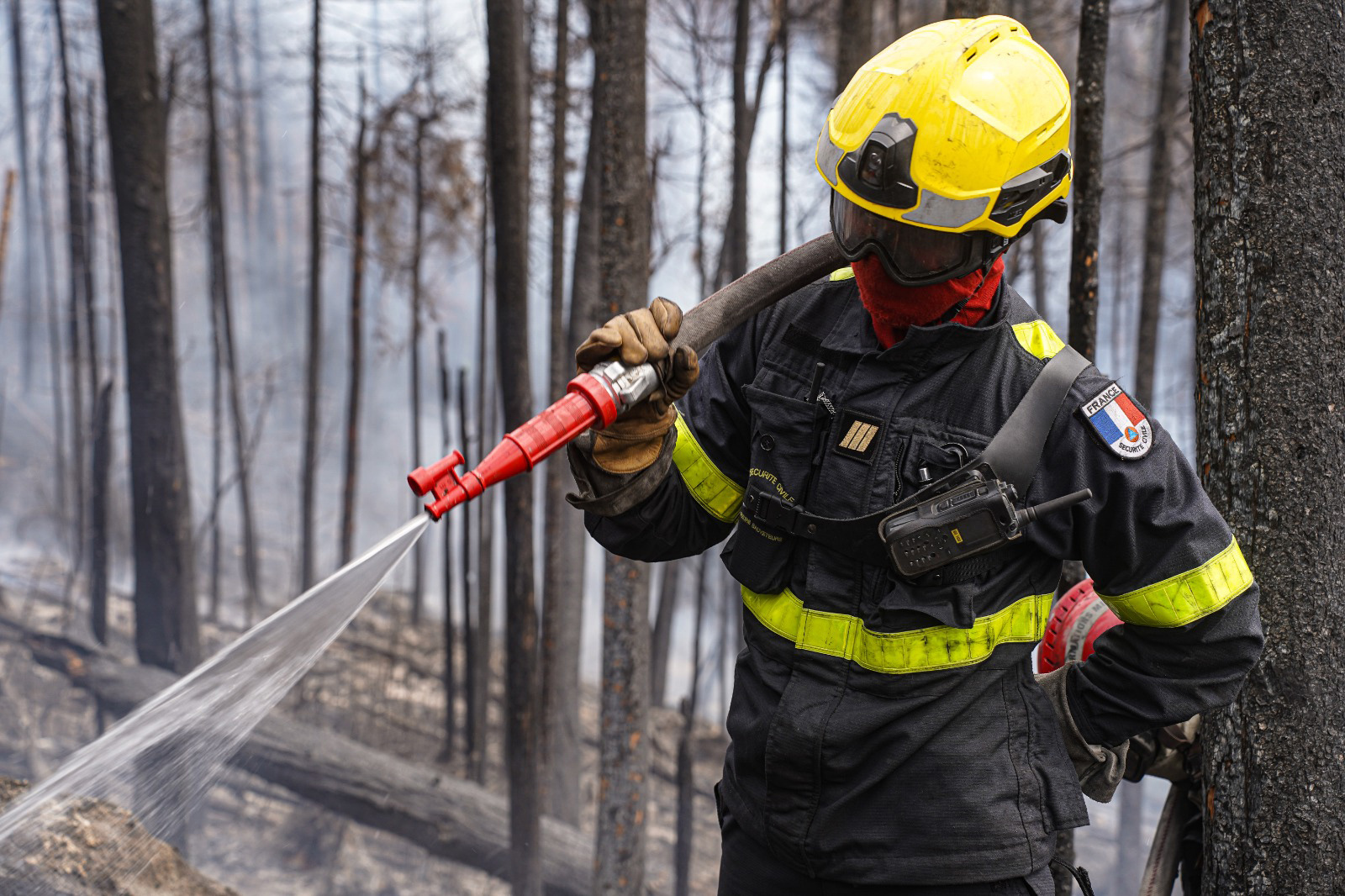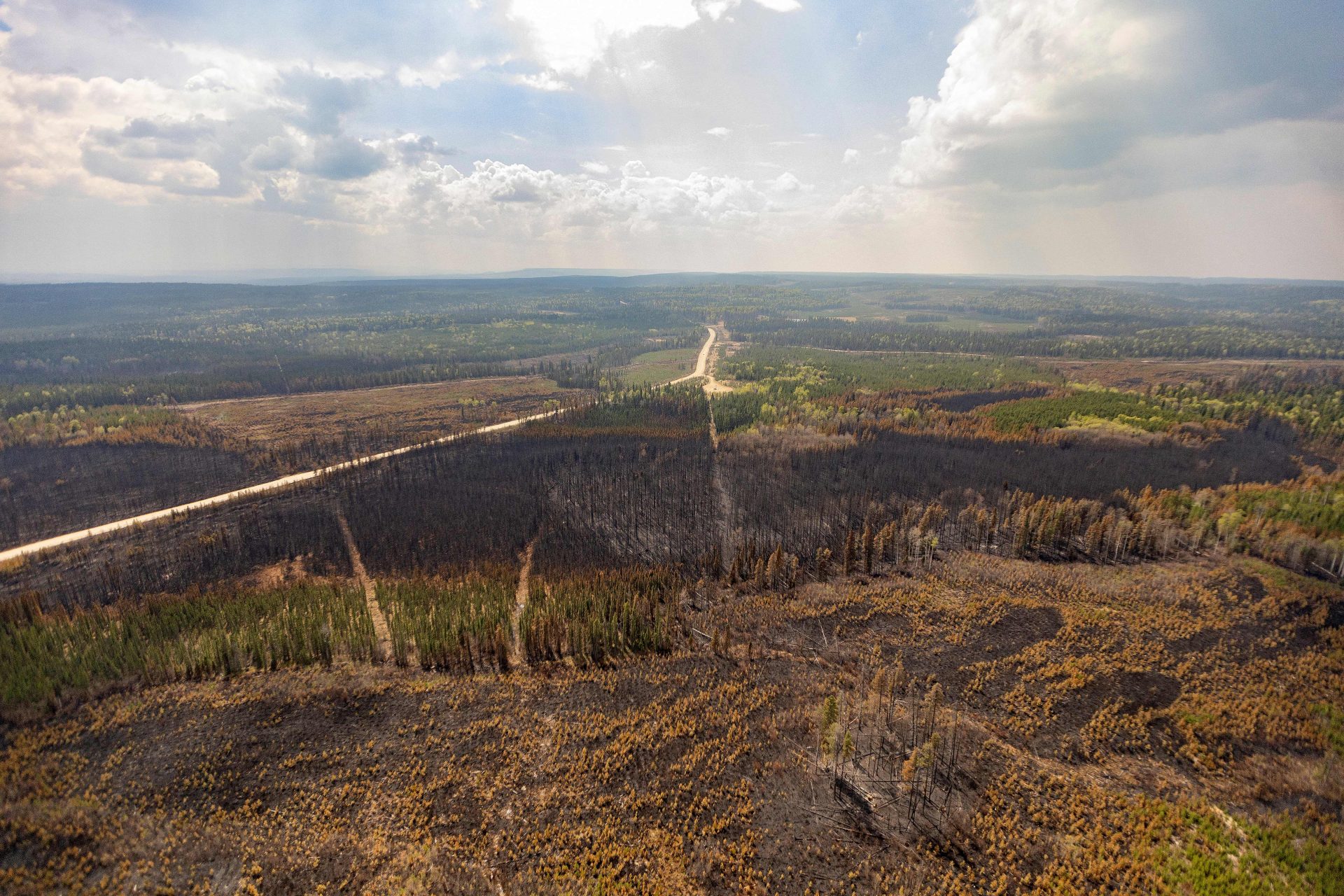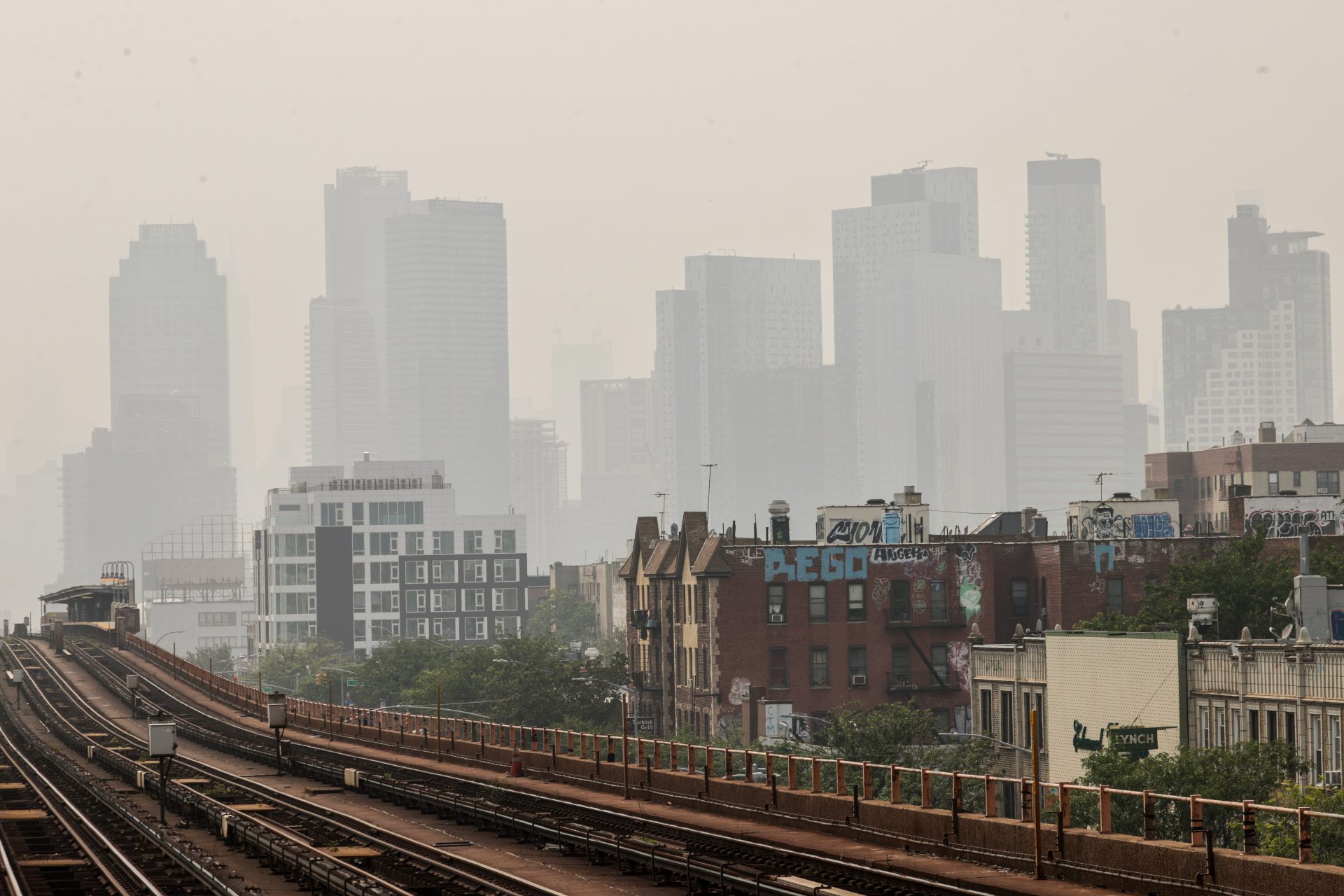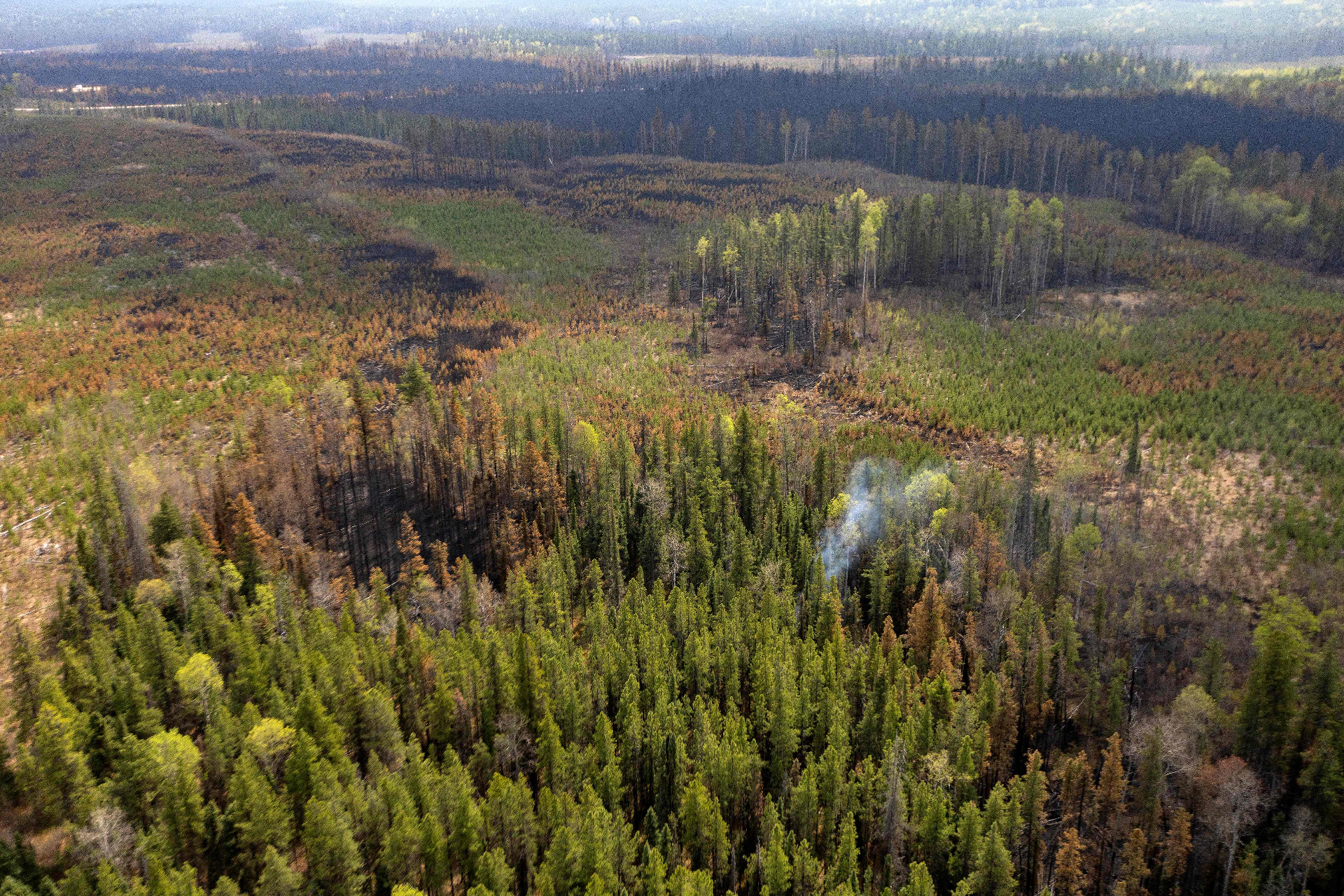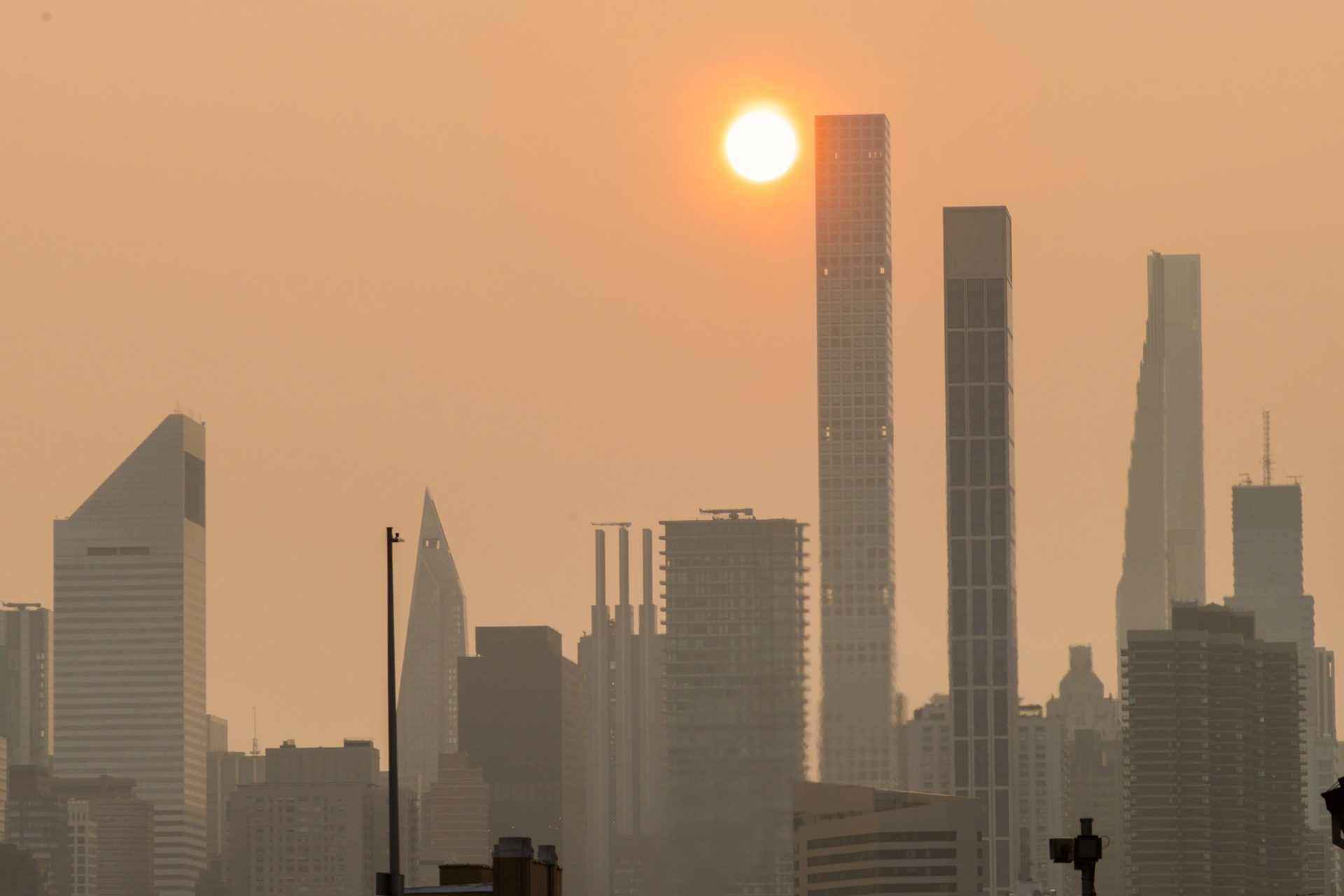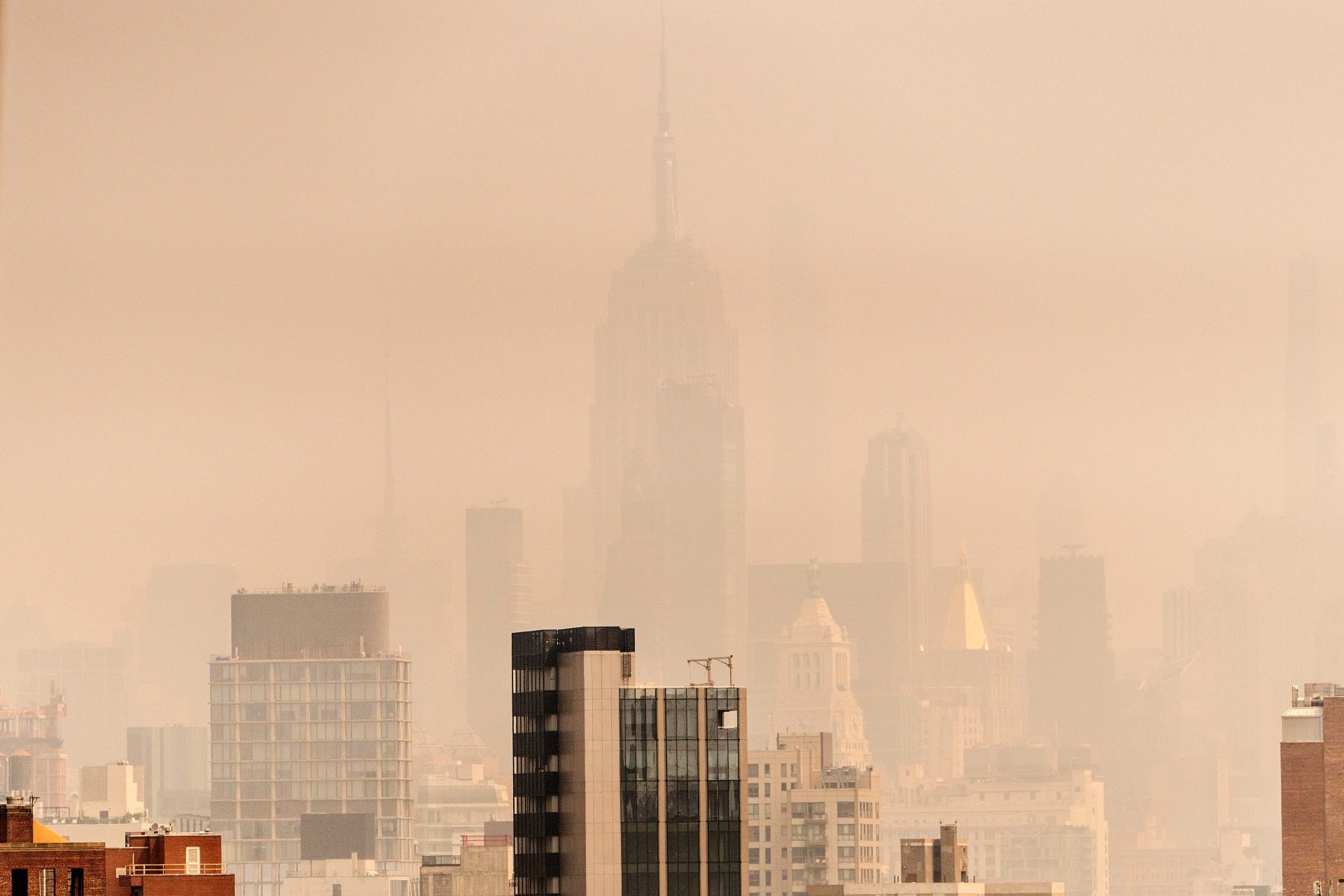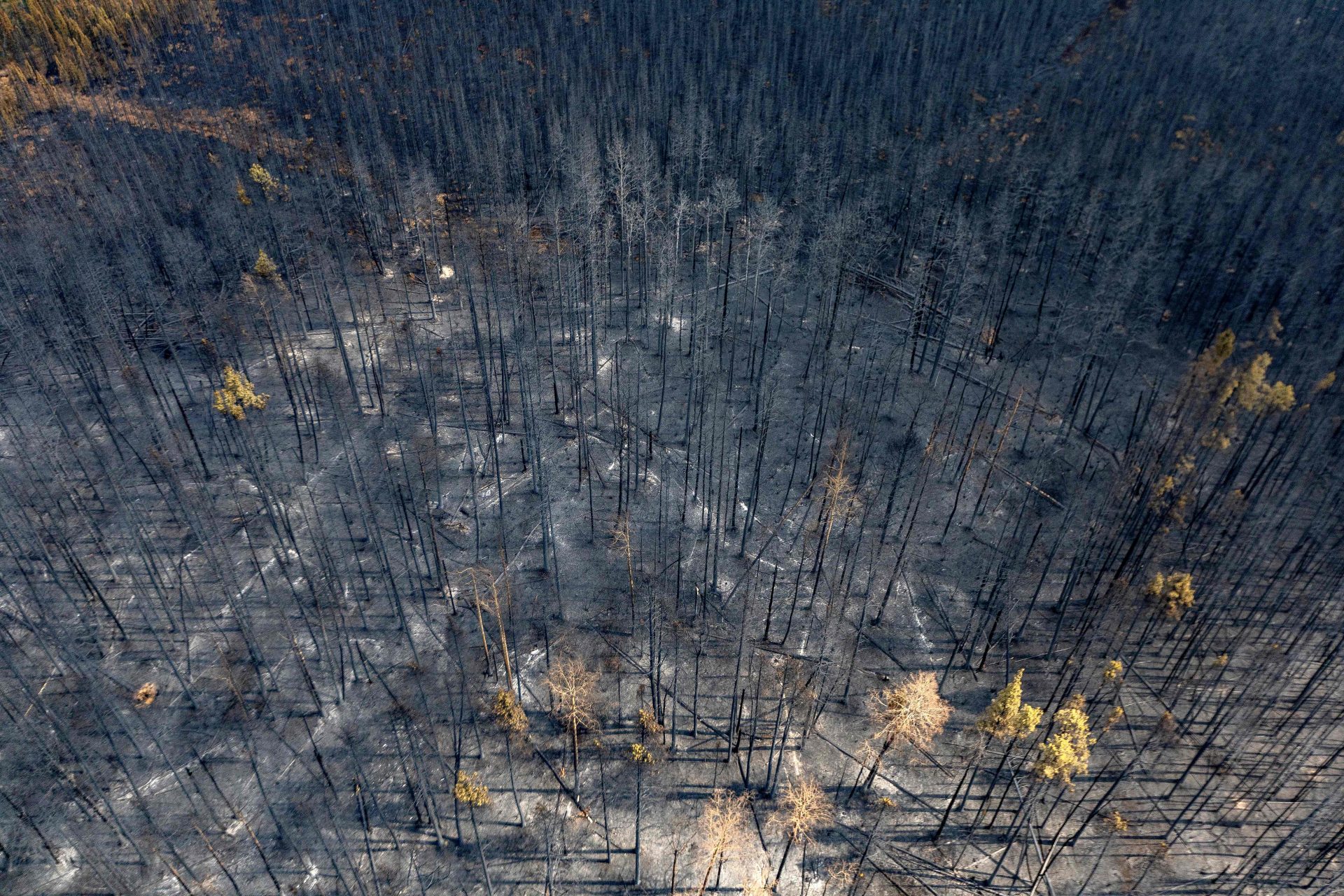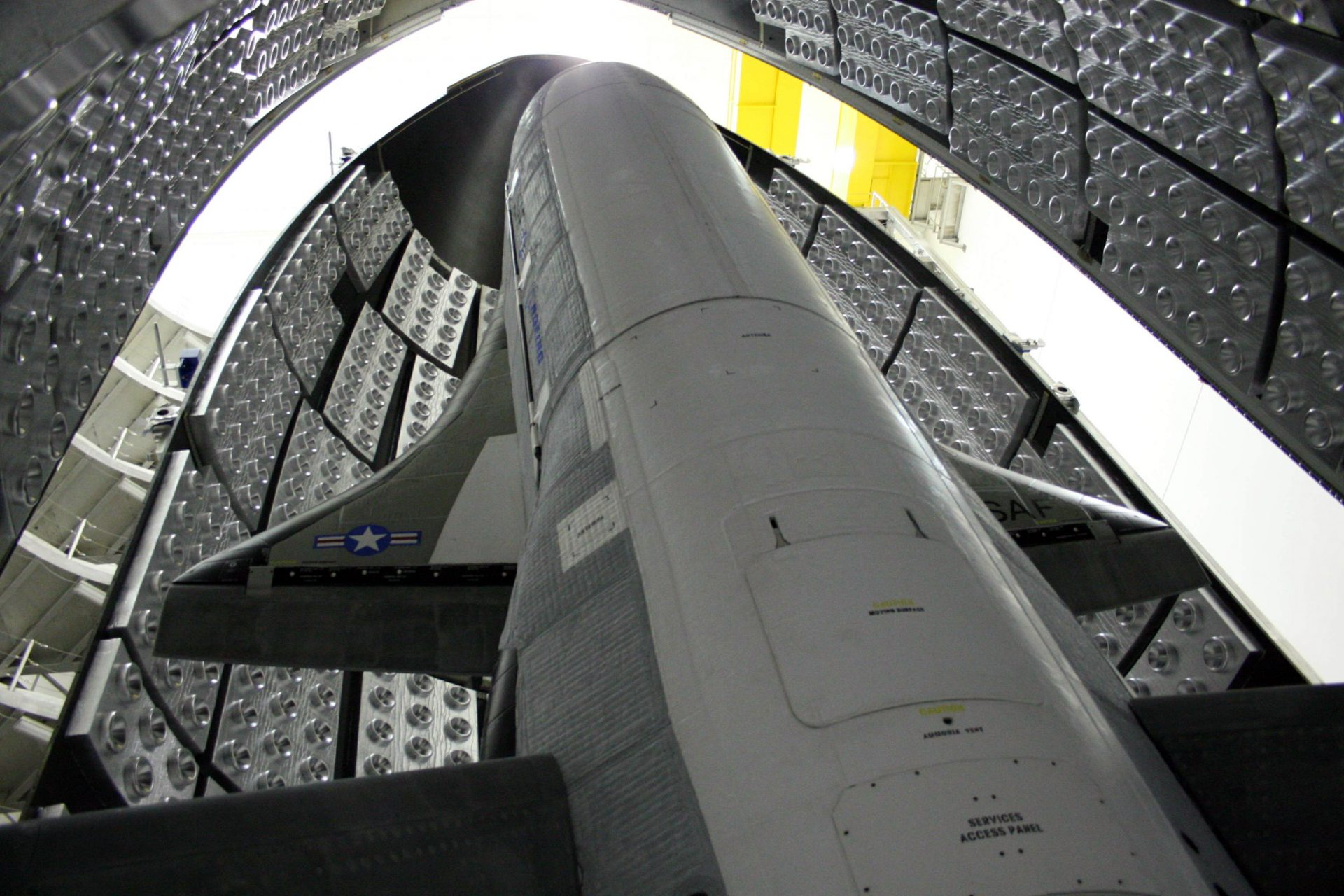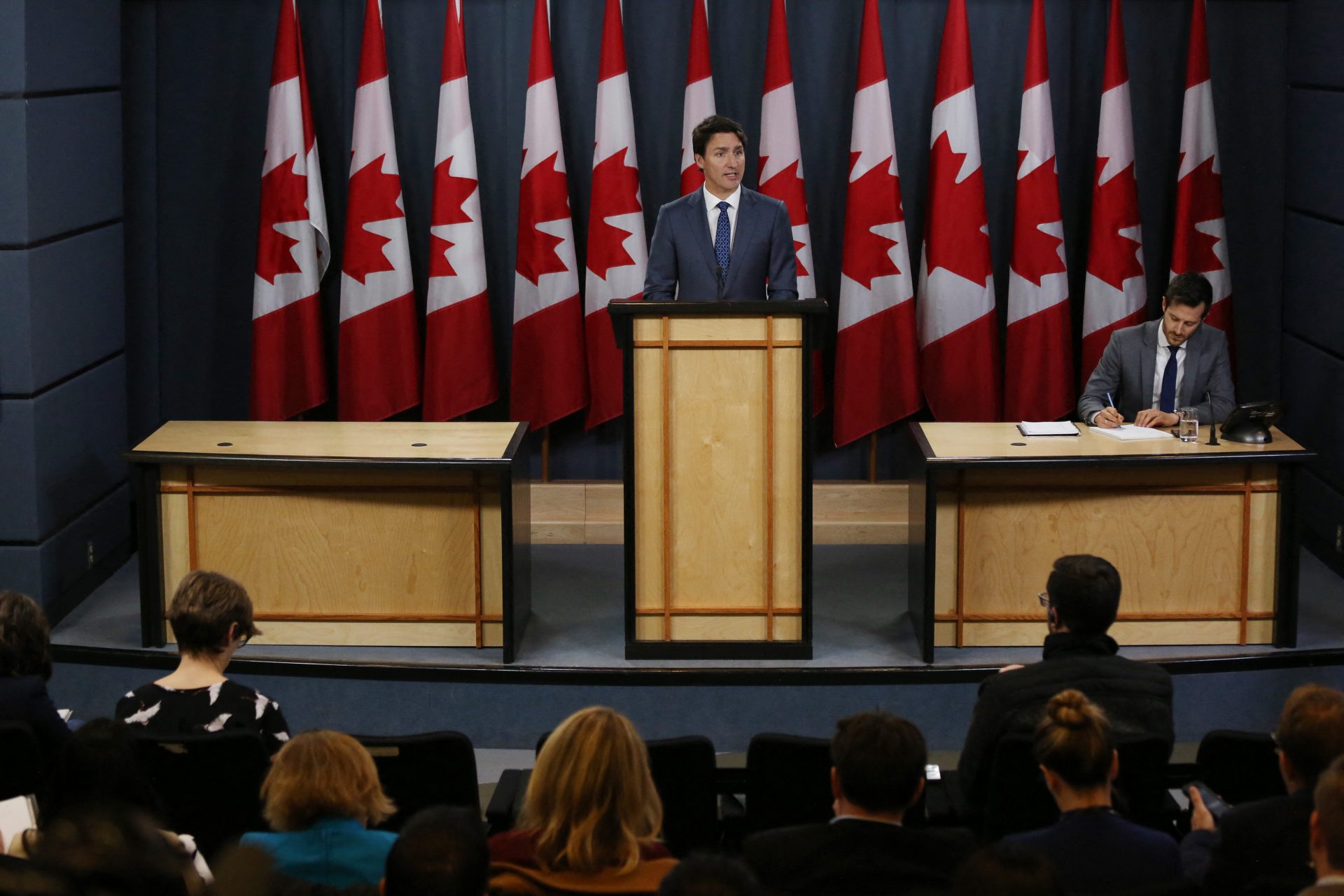Canada's wildfires were among the top global CO2 emitters last year
A new study found that Canada's wildfires in 2023 would qualify as one of the top global carbon emitters. The fires produced more CO2 than burning fossil fuels in most countries.
According to the BBC, only China, the United States, and India produced more carbon dioxide than the Canadian wildfires.
The broadcaster said Canadians experienced the worst wildfire season in history that year. An area roughly the size of Florida, 37 million acres, burned down.
Experts attribute the particularly bad season to unusually high temperatures and drought. Since then, the planet has chained close to a dozen of the hottest months in its history.
The study aimed to show how wildfires of that magnitude could affect global climate change predictions. Natural disasters are not accounted for in countries' emission reports.
The study, conducted by researchers from the California Institute of Technology, universities in Canada, the Netherlands, and the state of Missouri, was published in the scientific journal Nature.
The researchers concluded that Canada's 2023 wildfires emitted around 647 teragrams of carbon. A teragram is a million metric tons, the BBC explained.
The figure is far from other year's fire emissions. Canadian wildfires have emitted between 29 and 82 teragrams of CO2 yearly in the last decade.
The figure is also much higher than Canada's yearly fossil-fuel-burning emissions. According to the BBC, it is five times the amount.
Brendan Byrne, one of the study's authors and a climate scientist at NASA's Jet Propulsion Lab, told the British broadcaster that the findings were "shocking."
Concern is growing among experts about the magnitude of the fires and how climate change can make them more common in the future, Mr. Byrne added.
Humanity relies heavily on forests to absorb emissions. However, according to The Guardian, abnormal temperatures are projected to be common in 2050, and forests could become emitters instead of absorbers.
That is why experts are concerned about wildfires' effect on emission projections. They worry that the global carbon budget is based on inaccurate calculations.
Dr. Byrne told The Guardian that experts and officials must change the accounting method to reach climate goals. They would need to consider all sources of emissions.
Right now, the limits on carbon emissions are set using calculations that consider only human-made sources, like burning fossil fuels, and not all emissions, like those from wildfires.
"The atmosphere sees this carbon increasing, no matter how we set up our accounting system," Dr. Byrne told The Guardian.
More for you
Top Stories



